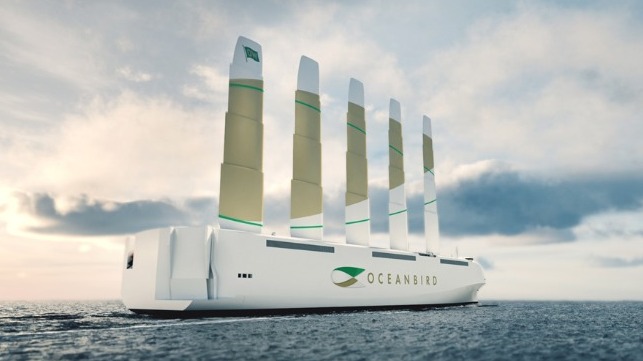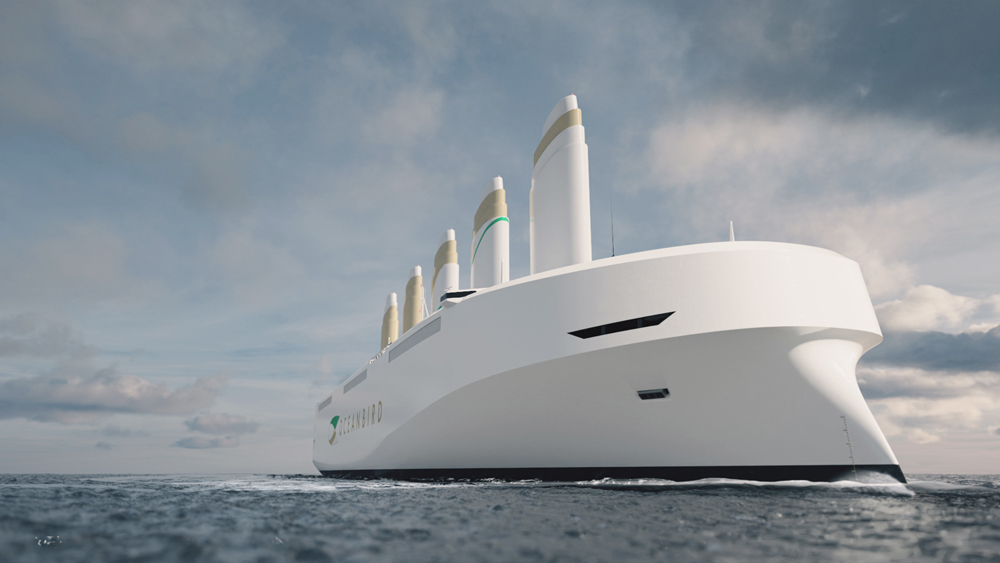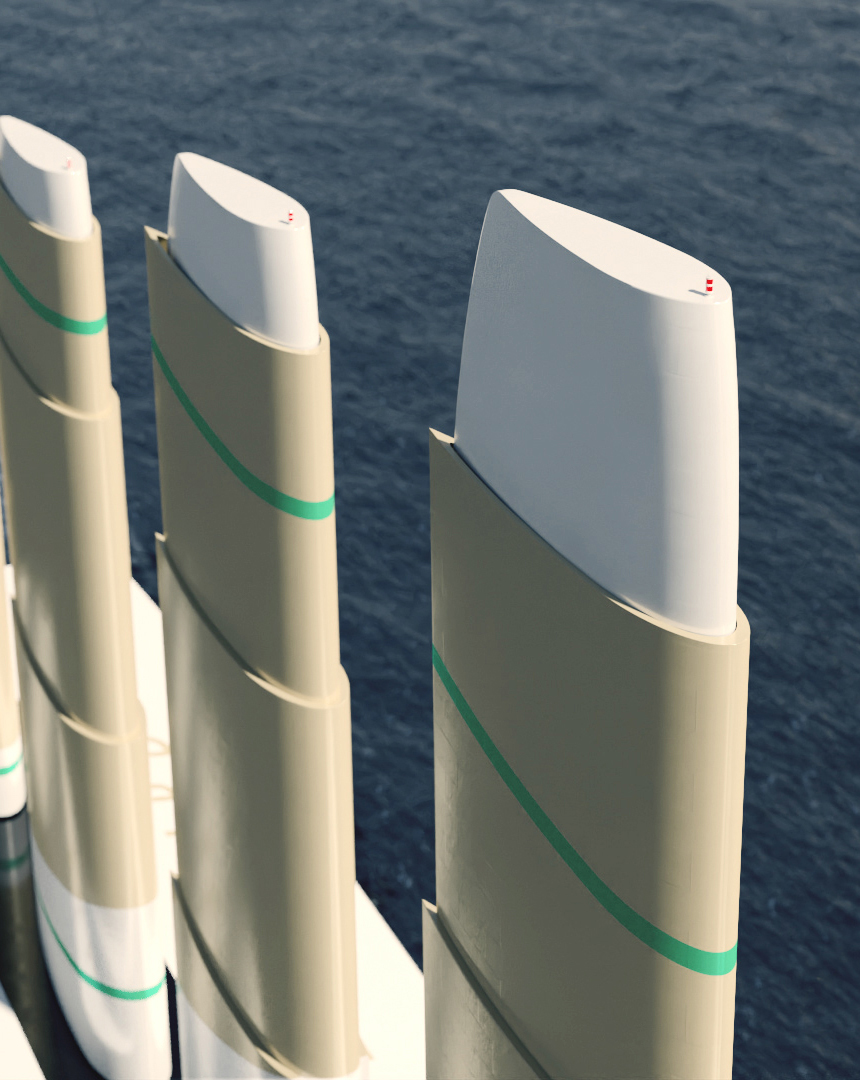Swedish Collaboration Unveils World's Largest Sail Powered Car Carrier

As the global shipping industry works to develop a new generation of sustainable ships, a broad range of concepts has been presented. The latest, unveiled in Sweden looks to use innovative, advanced technologies to once again harness the wind creating a revolutionary and sustainable category of shipping.
The initiative is a Swedish collaborative project between Wallenius Marine, KTH (Royal Institute of Technology), and SSPA. It’s supported by the Swedish Transport Administration, which is acting as a co-financier. KTH is addressing the challenges within areas such as aerodynamics, sailing mechanics, and performance analysis. SSPA is contributing expertise for the development and validation of new testing methods, aerodynamic and hydrodynamic simulation methods, and risk simulation. The collaboration believes that this initiative will create a new generation of sailing vessels for the transportation of commercial cargos.
Called Oceanbird, the concept is for a new class of wind-powered pure car and truck carrier (PCTC), with a capacity to carry 7,000 cars outfitted with sails. The concept design is over 650 feet in length and would have a 32,000-ton displacement. The height over the waterline is nearly 350 feet. Primarily powered by the wind, the vessel will have an estimated speed of 10 knots permitting it to cross the Atlantic in approximately 12 days or 50 percent longer than today’s crossing that takes about eight days.
Wallenius Marine, one of the pioneers in car transports, inspired the project. “We are proud to present the third iteration of our design, which we have worked with for several years,” said Per Tunell, COO Wallenius Marine. “It is critical that shipping becomes sustainable. Our studies show that wind is the most interesting energy source for ocean transports.”
According to the designers, the technological challenge was creating a vessel where the rigging and hull work together as a single unit to harness the wind in the most efficient way possible. The noted that although the material is the same, the steel hull of a wind-driven vessel needs to be designed in an entirely different manner to a motor-driven one.

Images courtesy of Wallenius Marine
By combining shipbuilding technology with aerodynamics, and using computer simulations and physical experiments that have shaped the hull and created the steering technology required for the world’s largest sailing vessel.
“Our design features a unique combination where the hull and rigs work together as one unit and has been specifically optimized for sailing the oceans,” said Carl-Johan Söder, Ph.D. Naval Architect, Wallenius Marine. “With our configuration, the vessel will have an average speed of 10 knots on a typical Atlantic crossing. A North Atlantic crossing with Oceanbird will therefore take around twelve days, compared to the eight days it takes conventional vessels.”
The futuristic sails are like airplane wigs using the same level of aerodynamic technology. They are also designed to telescope from a minimum height of 150 feet above the waterline to permit the ship to pass into harbors to 200 feet and a maximum of 262 feet permitting the ship to operate at optimal conditions or reef the sails in high wind conditions. At maximum height, the wing sails would be twice the height of today’s largest conventional sailing vessels.
.jpg)
The rigging is made of steel and composite materials and turns 360 degrees to catch the wind in an optimal way. To be able to get in and out of harbors, and to meet international safety requirements, Oceanbird would also be equipped with an auxiliary engine.
“The development project has come very far,” says Richard Jeppsson, VP Commercial & Partnership at Oceanbird. “We have started testing with 7-meter models in open water recently, and will continue this fall. The design will be ready for orders in 2021 and we are aiming for a possible launch in 2024.”
Far beyond a concept design, the collaboration believes that Oceanbird demonstrates that the maritime industry can bring about major changes and that zero-emission shipping is possible.

.jpg)
.jpg)
All images and the video courtesy of Wallenius Marine
